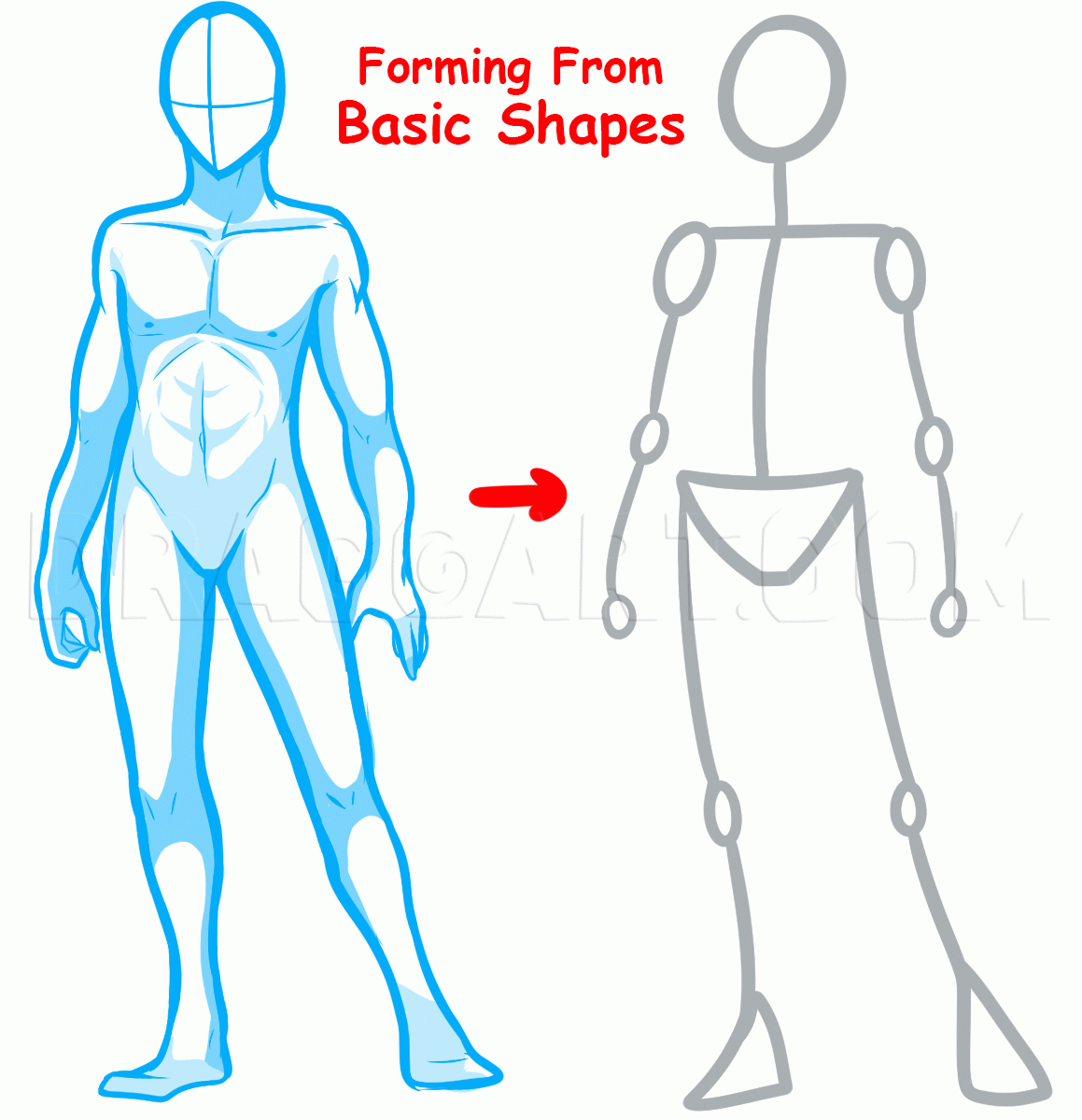When it comes to drawing the human body, understanding basic shapes can be incredibly helpful. By breaking down the complex form of the human body into simple shapes, artists can more easily capture the proportions and overall structure of their subjects. Whether you’re a beginner or a seasoned artist, mastering these basic shapes can help take your figure drawing to the next level.
Using basic shapes as a foundation for drawing the human body can also help you quickly sketch out poses and compositions. By starting with simple shapes, you can establish the overall framework of your drawing before adding in more detail. This can be especially useful when working on gesture drawings or quick sketches.
Basic Shapes for Drawing Human Body
1. Circle: The circle is often used to represent the head in figure drawing. It can also be used to outline the hips or shoulders, depending on the pose. By starting with a circle, you can establish the overall size and placement of the head before moving on to more detailed features.
2. Oval: Ovals are commonly used to represent the torso in figure drawing. By using an oval shape for the torso, you can quickly establish the overall proportions of the upper body. Ovals can also be used to outline the pelvis or ribcage, depending on the pose.
3. Rectangle: Rectangles are often used to represent the limbs in figure drawing. By using rectangles for the arms and legs, you can quickly sketch out the general shape and length of each limb. Rectangles can also be used to outline the hands and feet, providing a solid foundation for adding in more intricate details.
4. Triangle: Triangles can be used to represent various parts of the human body, such as the shoulders, hips, or knees. By using triangles in your figure drawings, you can quickly establish the angles and proportions of these key areas. Triangles can also be used to outline the feet or hands, helping to create a more dynamic and visually interesting pose.
5. Cross: A cross shape can be used to establish the central axis of the body, helping to ensure that your figure is properly balanced and proportioned. By using a cross as a guide, you can quickly sketch out the general pose and placement of the head, torso, and limbs before adding in more detail.
In conclusion, mastering basic shapes for drawing the human body can greatly improve your figure drawing skills. By using circles, ovals, rectangles, triangles, and crosses as a foundation, you can more easily capture the proportions and structure of your subjects. Whether you’re drawing from observation or imagination, these basic shapes can help you create more dynamic and accurate figure drawings.
